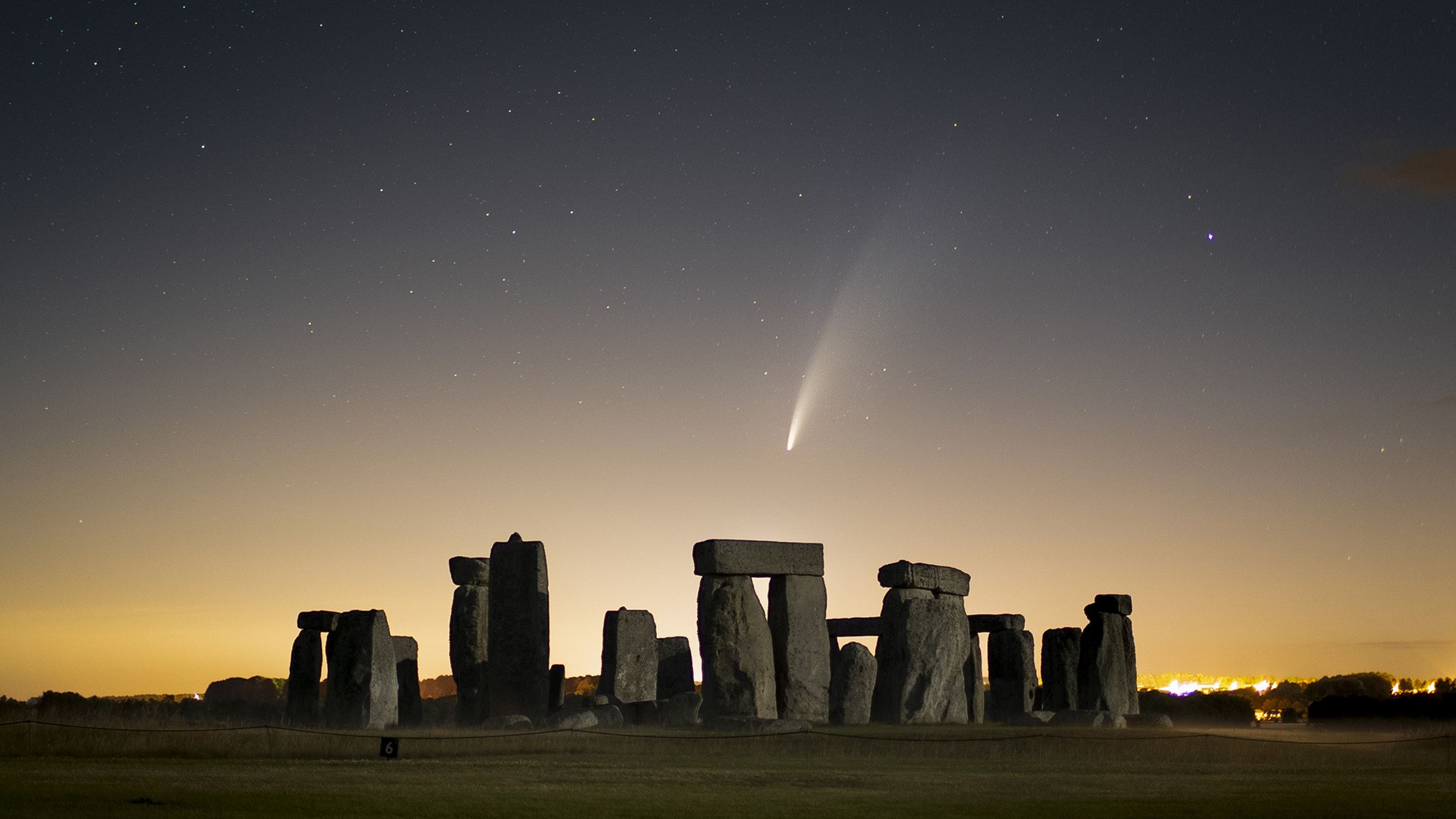Laowa launches a ‘red ring’ version of its 15mm f/4.5 Zero-D Shift lens
The optics are the same but a new 14-blade aperture gives smoother sunstars and rounder bokeh
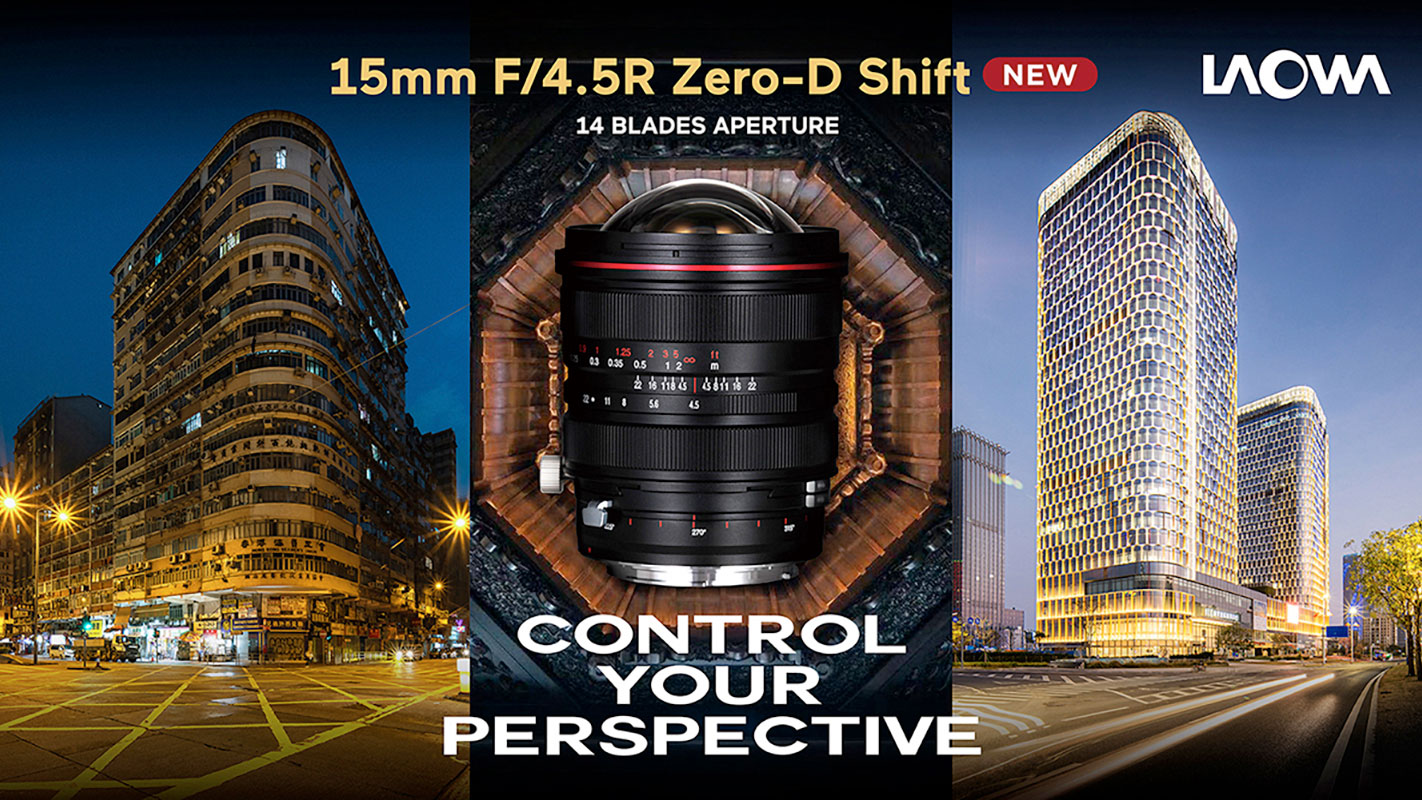
We were pretty impressed by the Laowa 15mm f/4.5 Zero-D Shift lens when we reviewed it, and Laowa has taken the unusual step of producing a ‘red ring’ version alongside the ‘blue ring’ lens we tested.
The optical configuration is the same, but the diaphragm mechanism has changed. The ‘blue ring’ lens has just five diaphragm blades but the new ‘red ring’ version has 14.
This has an effect on highlight rendition and bokeh quality. Laowa puts a premium on ‘sunstar’ rendering from the sun, its reflections and other specular highlights, and where the blue ring lens produces five-point sunstars, the new red ring lens generates smoother 14-point sunstars.
Background bokeh is changed too. The blue ring lens produces hexagonal out of focus highlights but this latest red ring version produces smoother, rounded highlights.
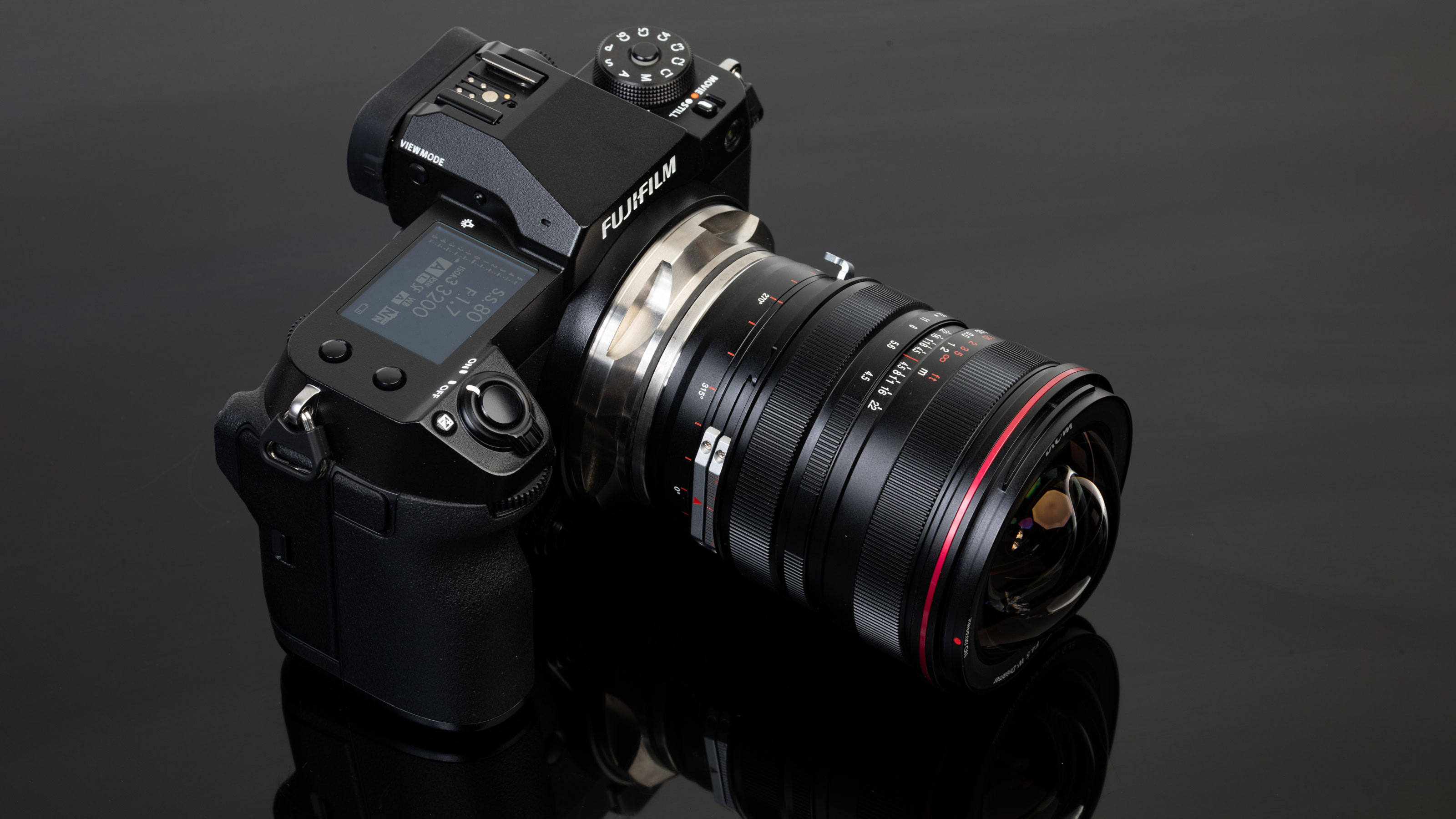
This is an unusual and relatively minor change to make to a lens that’s already on the market, but clearly Laowa thinks it’s important. The new lens will sell for $1,199 (about £919/AU$1,610 and looks like a replacement for the older blue ring lens – Laowa no longer lists that model on its website.
What’s significant about this lens (both versions) is that it comes in a wide variety of camera mounts and has a large 65mm image circle which means it can also be used on Fujifilm GFX systems, albeit with a smaller available shift distance.
However, this is a shift lens only. There is no tilt mechanism for controlling the plane of focus or exaggerated ‘miniature’ effects.
Get the Digital Camera World Newsletter
The best camera deals, reviews, product advice, and unmissable photography news, direct to your inbox!
Laowa’s ‘Special Design Lens Support’
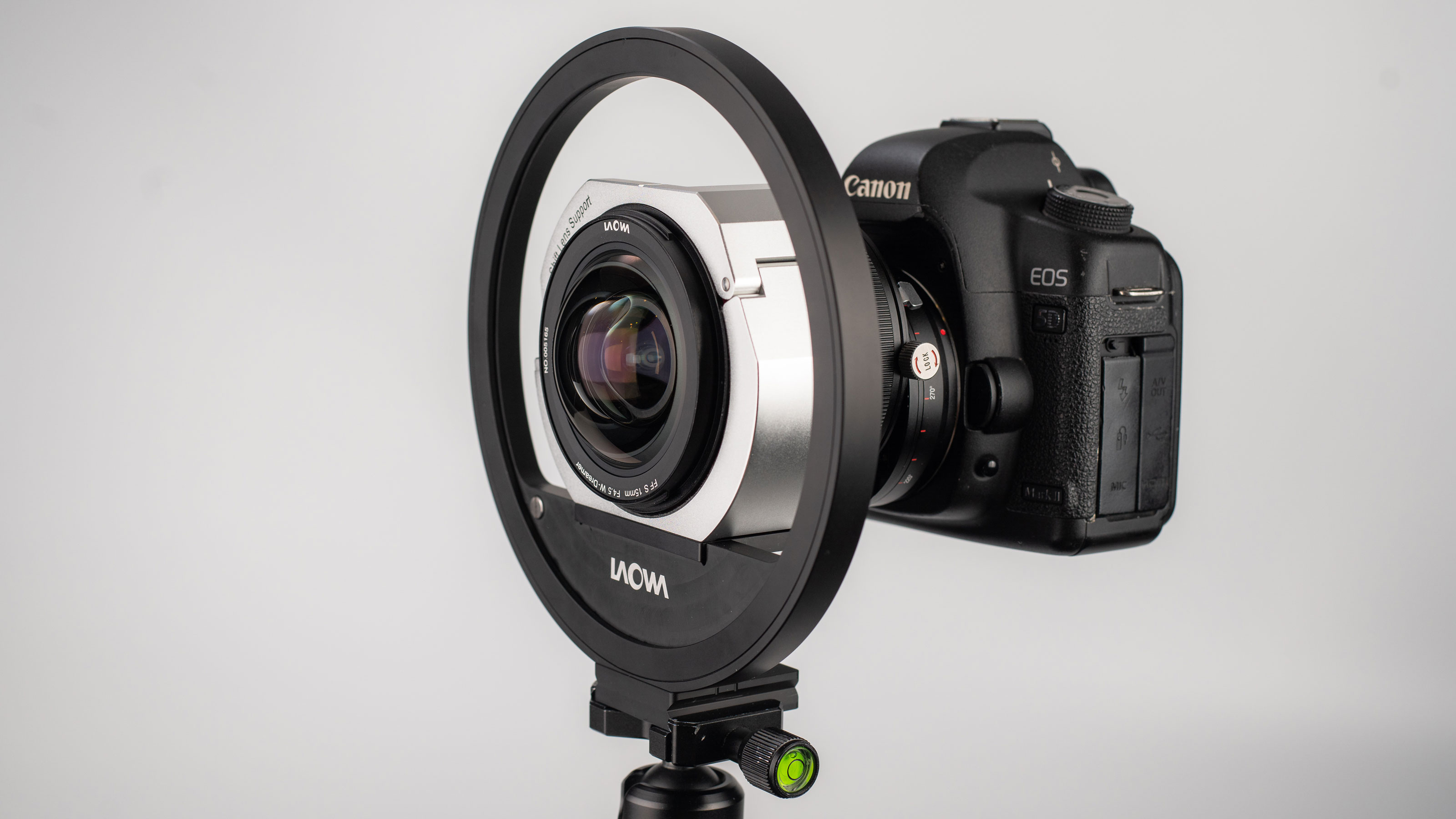
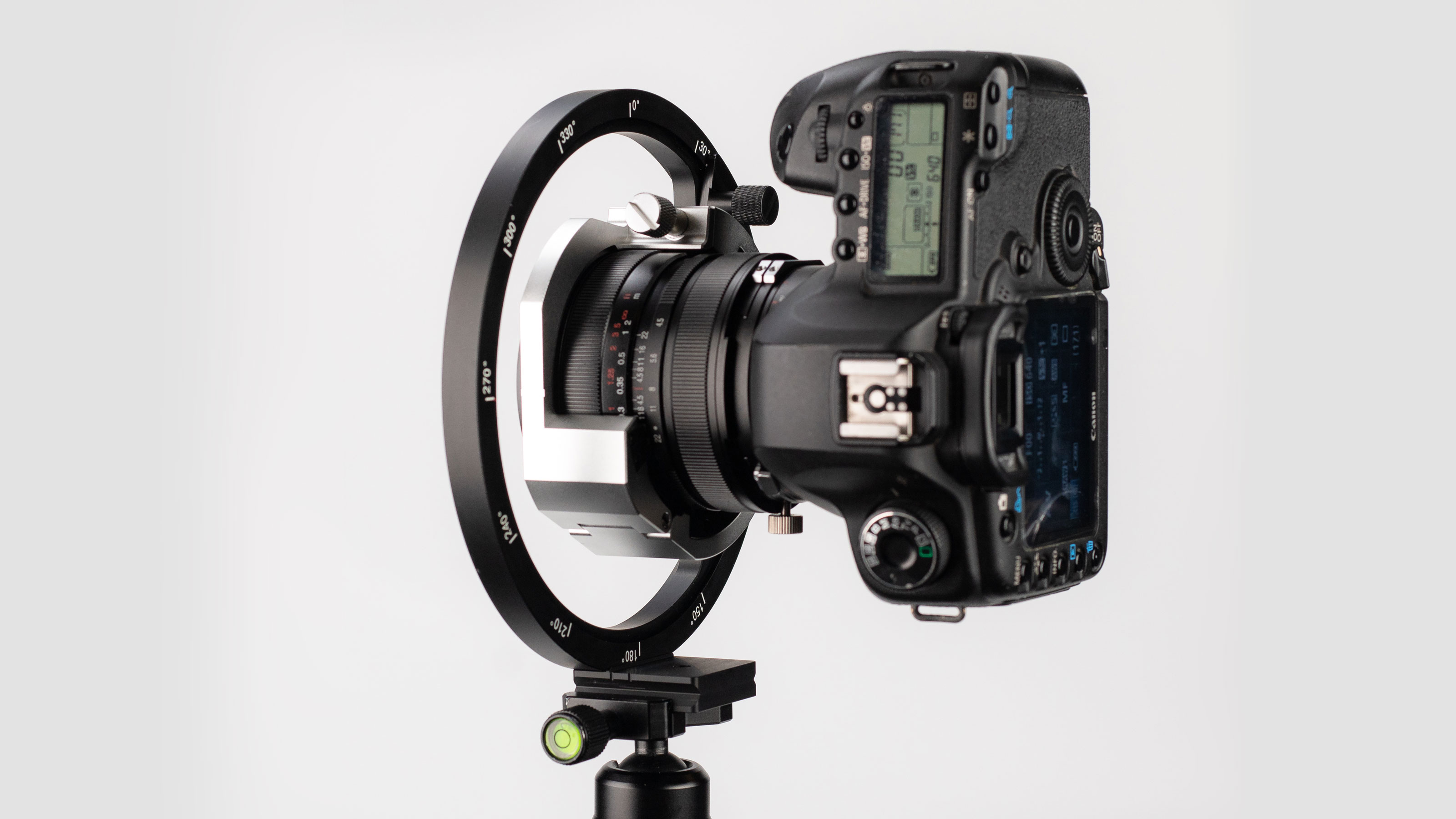
We also got a glimpse of a special gadget made specifically for this lens. One of the issues of shift photography, especially if you’re going to stitch several images, is that changing the shift position changes the camera viewpoint, which can cause parallax issues. The Special Design Lens Support gets round this by holding the lens and fixing it to the tripod head not the camera.
Now, when you change the shift distance, the lens and its optical center stay in the same place and it’s the camera that moves!
This clever system replicates the rear shift movements on large format and field cameras, part of the art of perspective control and one that’s largely been lost in the digital era.
The Lens Support allows a shift of up to 15mm and looks pretty good value at just £149 (about £114/AU$200).
Also in the news today...

Rod is an independent photography journalist and editor, and a long-standing Digital Camera World contributor, having previously worked as DCW's Group Reviews editor. Before that he has been technique editor on N-Photo, Head of Testing for the photography division and Camera Channel editor on TechRadar, as well as contributing to many other publications. He has been writing about photography technique, photo editing and digital cameras since they first appeared, and before that began his career writing about film photography. He has used and reviewed practically every interchangeable lens camera launched in the past 20 years, from entry-level DSLRs to medium format cameras, together with lenses, tripods, gimbals, light meters, camera bags and more. Rod has his own camera gear blog at fotovolo.com but also writes about photo-editing applications and techniques at lifeafterphotoshop.com
